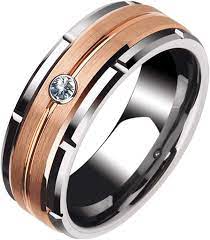patent licensing is an essential component of intellectual property which allows patent holders to make money from their inventions and grant others with the ability to use, produce, or sell their patented technology. Knowing the ins and outs of patent licensing is essential for entrepreneurs, inventors as well as legal professionals.
What is Patent Licensing?
Patent licenses are a type of agreement that patent license is a legally binding contract between a patent owner (licensor) and a third other party (licensee) which grants the licensee the right to make use of the patent’s invention with certain conditions. The arrangement may be exclusive, meaning that only the licensee has access to the patent, or non-exclusive, which allows several licensees the opportunity to use rights. The license could be a blanket patent or specific applications to the idea.
Types of Patent Licenses
Exclusive License: This type of license grants the licensee exclusive rights to use the patented invention, meaning the licensor cannot grant rights to others. Exclusive licenses are frequently sought-after because they provide the licensee with a competitive advantage.
Non-Exclusive License: In this case, the licensor is able to transfer the patent to multiple parties. This option can be beneficial for patent holders looking to increase their revenue.
Sole License Sole License: In this case only the licensee is able to utilize the patent However, the licensor has the right to make use of it. It is a hybrid of the exclusive as well as non-exclusive licensing.
Cross-License: This is the process of two parties granting each other rights to use their respective patents. Cross-licensing is beneficial in collaborative industries, where companies benefit from sharing technologies.
Key Considerations in Patent Licensing
When entering a patent licensing arrangement, many aspects must be taken into consideration:
Licence Agreements typically contain royalty payment based on sales or profits generated from the patented technology. The determination of a fair royalty rate is crucial in both cases.
Territorium: The contract should define the geographical regions in which this license can be used, as patent rights can differ greatly depending on the jurisdiction.
The duration of licensing agreements usually have a defined time frame, and after that the rights pass to the licensor unless renewed.
Licenses: The field of use could limit the use of the invention patented to specific markets or industries.
Conclusion
patent licensing is a successful strategy for inventors and businesses to leverage their intellectual property, while also encouraging innovation. By knowing the different kinds of licenses as well as the key aspects licensing and licensors can come up with mutually beneficial agreements that encourage development and technological innovation.



